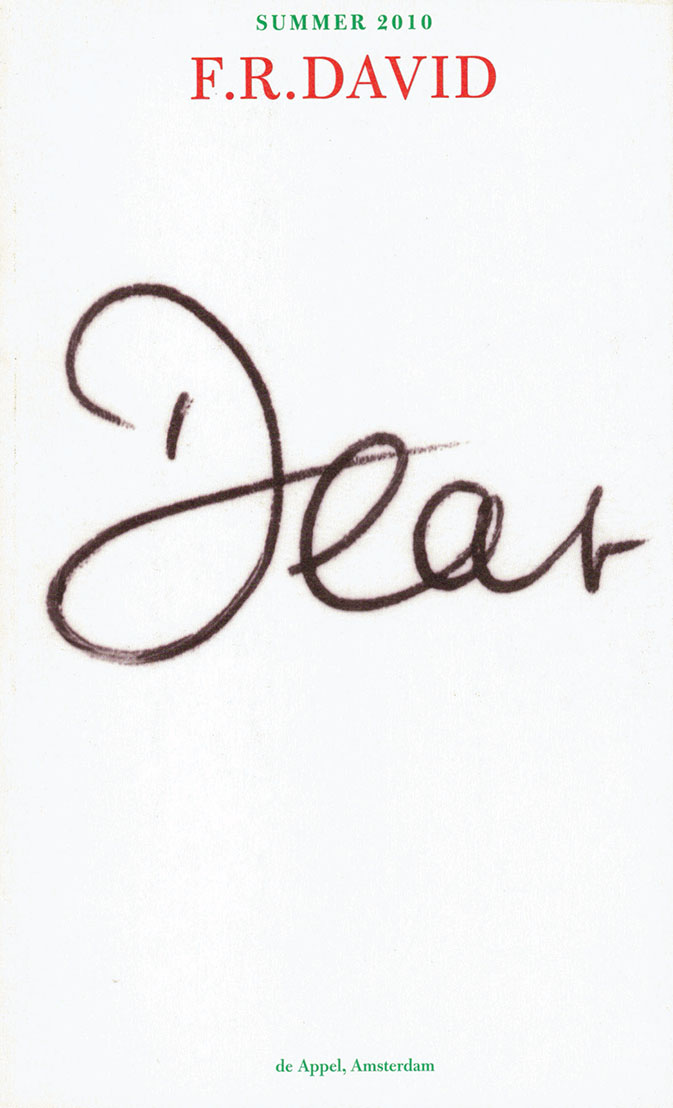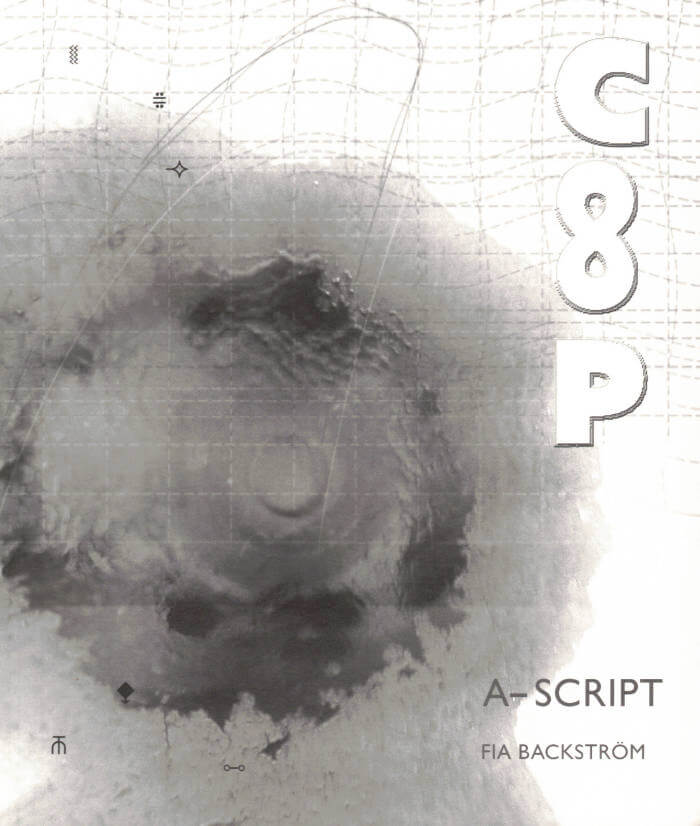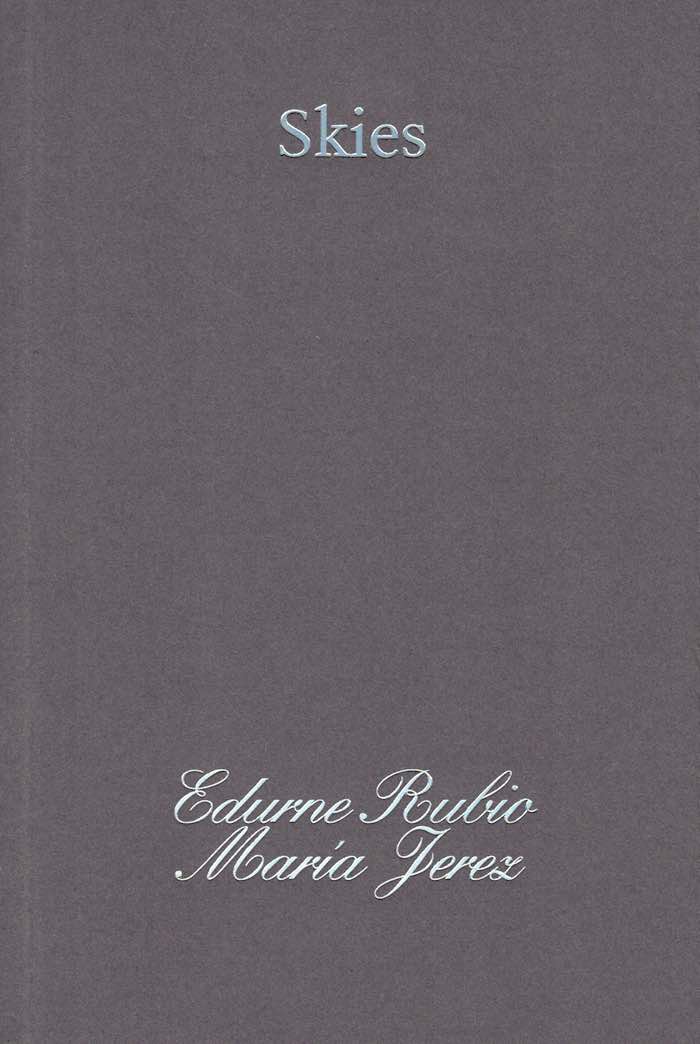
Success in Failure
First monograph devoted to the work of video artist and performer Wolfgang Stoerchle (1944-1976), an artistic figure of the Californian scene in the 1970s, based on extensive research and three international exhibitions.
Wolfgang Stoerchle is a particularly notable artistic figure of the early seventies who left a certain but little advertised mark on a generation of Californian artists, especially through videotapes and performances involving his body as raw material. His short but eventful life is surrounded by rumors, and his abrupt death in 1976 may have emphasized the myth around him even more. His entire body of work was produced in eleven years, between 1965 and 1976. Forty-five years after he passed away, his name still drifts across the West Coast art world, awaiting wider recognition.
Wolfgang Stoerchle: Success in Failure is the first monograph on the artist's work, written by Alice Dusapin who has dedicated extensive research into his life and work since 2017 and organized several international exhibitions during this time (Ampersand, Lisbon; Gallery Overduin & Co, Los Angeles; Gallery Air de Paris and Museum of Contemporary Art of Rome).
The publication includes interviews with Daniel Lentz, Paul McCarthy, Matt Mullican, David Salle, Helene Winer, and an unpublished review by James Welling, alongside ephemera and documentation of Stoerchle's video works and performances, as well as rarely seen sculptures, installations, and paintings.
Edited by Alice Dusapin, with Justin Jaeckle.
Texts by Alice Dusapin and James Welling; interviews with David Salle, Helene Winer, Matt Mullican, Paul McCarthy, Daniel Lentz.




